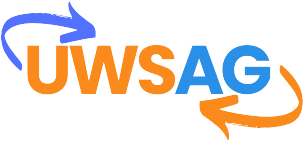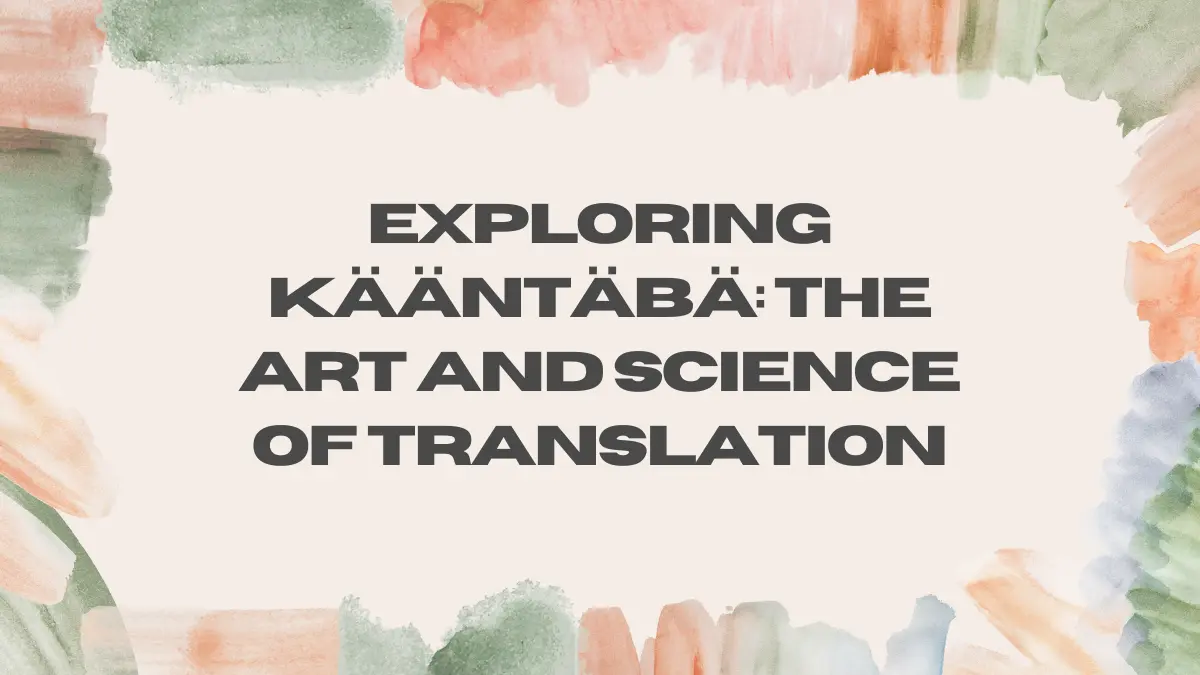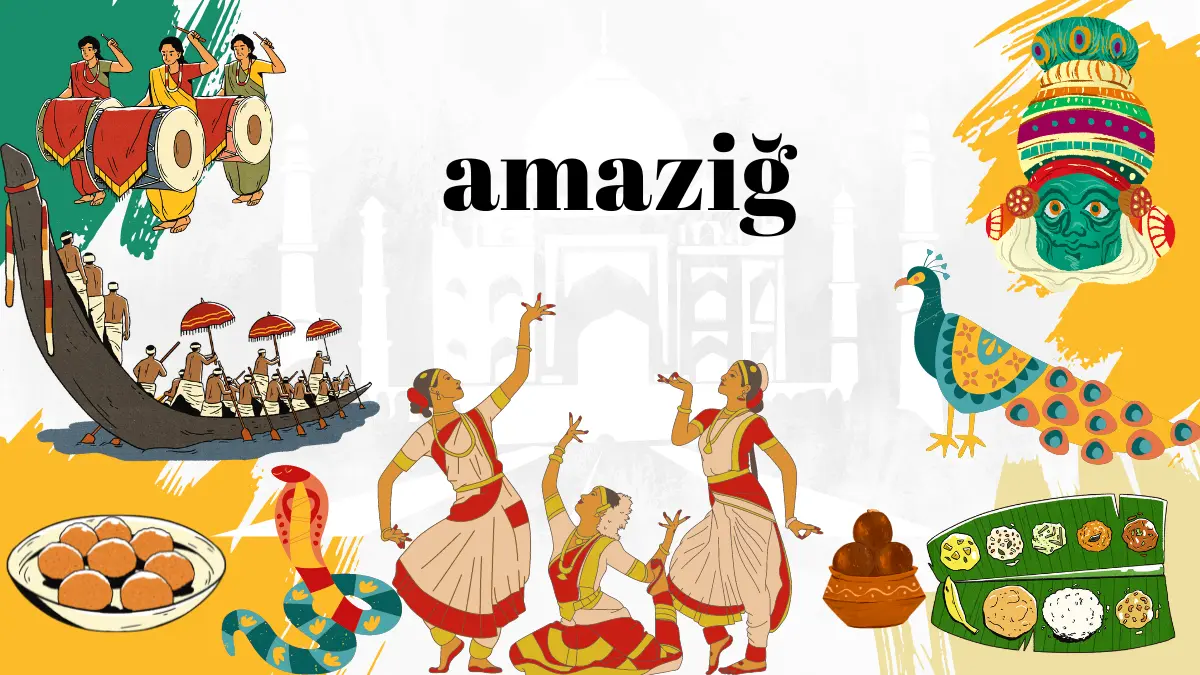Introduction
In a world where communication transcends borders, the importance of translation cannot be overstated. The intricate art and science of translating languages is crucial in bridging cultural and linguistic divides. This article explores its significance, challenges, and the skills required to excel in this field.
What is Kääntäbä?
A term derived from the Finnish word for translation encompasses converting Text from one language to another while preserving meaning, tone, and cultural nuances. It is a discipline that requires linguistic proficiency and a deep understanding of cultural contexts.
The History of Kääntäbä
Translation has a rich history that dates back to ancient civilizations. From the Rosetta Stone, which helped decipher Egyptian hieroglyphs, to the translation of religious texts like the Bible and the Quran, translation has always been integral to human communication and knowledge dissemination.
The Importance of Kääntäbä in Modern Society
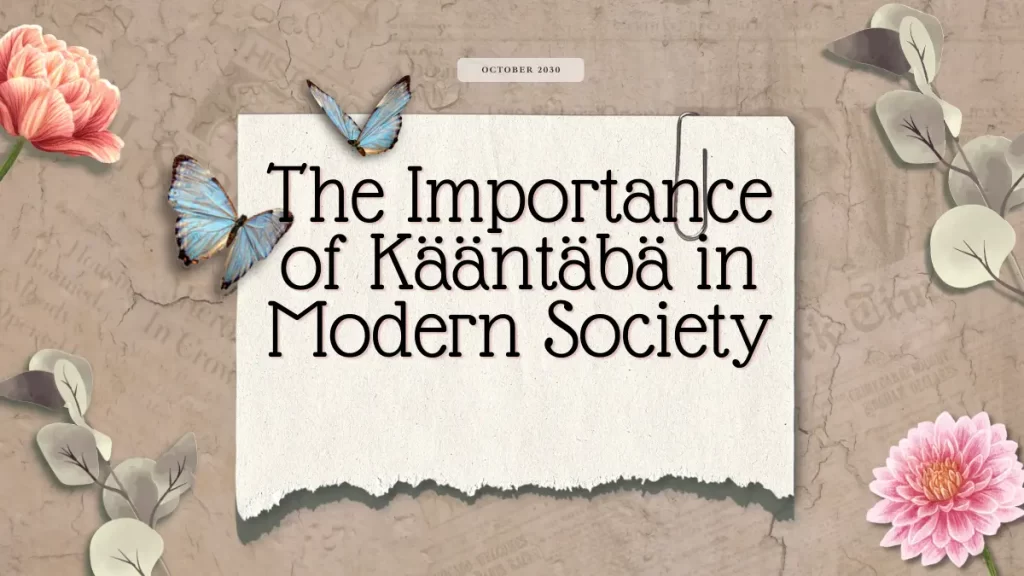
In today’s globalized world, is more important than ever. It facilitates international business, diplomacy, education, and entertainment. Without skilled translators, the exchange of ideas, cultural understanding, and global cooperation would be severely hindered.
The Different Types of Kääntäbä
Kääntäbä encompasses various forms, each with its unique challenges and techniques:
- Literary Translation: This involves translating books, poems, and other literary works while preserving the author’s style and literary devices.
- Technical Translation: This requires specialized knowledge to accurately translate technical documents, manuals, and scientific papers.
- Legal Translation: Precision and understanding of legal terminology are crucial in translating contracts, legislation, and court documents.
- Medical Translation: This demands expertise in medical terminology to ensure accurate translation of medical records, research, and pharmaceutical information.
- Localization: This adapts content to fit the cultural and linguistic context of a specific region or audience.
The Skills Required for Kääntäbä
Successful kääntäbä professionals possess a unique set of skills:
- Linguistic Proficiency: Mastery of both the source and target languages is essential.
- Cultural Awareness: Understanding cultural nuances and contexts ensures accurate and respectful translations.
- Research Abilities: Translators often need to research terminology, concepts, and context to provide precise translations.
- Attention to Detail: Meticulous attention to detail is crucial to avoid errors and ensure fidelity to the original text.
- Adaptability: Translators must adapt to different genres, formats, and tones, depending on the nature of the text.
Challenges in Kääntäbä
Kääntäbä is not without its challenges. Translators often encounter difficulties such as:
- Idiomatic Expressions: These can be tricky to translate as they often don’t have direct equivalents in other languages.
- Cultural References: Translators must find ways to convey cultural references that might be unfamiliar to the target audience.
- Technical Jargon: Specialized terminology requires deep subject knowledge and careful research.
- Maintaining Tone and Style: Preserving the original text’s tone, style, and intent can be challenging, especially in literary and creative works.
The Role of Technology in Kääntäbä
Advancements in technology have significantly impacted kääntäbä. Translation tools and software, such as CAT (Computer-Assisted Translation) tools and machine translation, have become invaluable aids. However, human translators remain indispensable for ensuring accuracy, cultural relevance, and nuanced understanding.
The Future of Kääntäbä
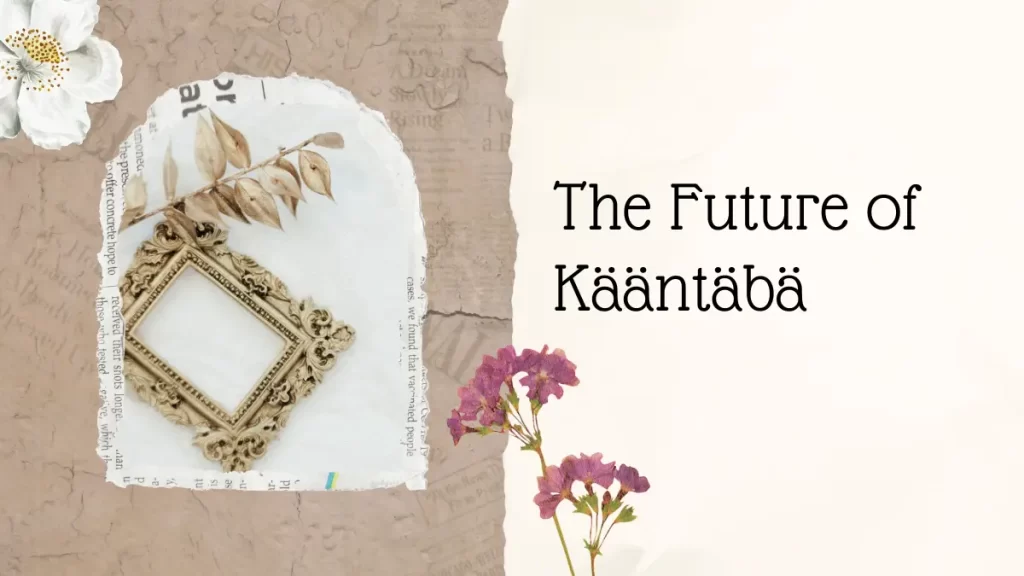
The future of kääntäbä looks promising, with ongoing advancements in artificial intelligence and machine learning. These technologies are poised to enhance translation efficiency and accuracy. However, the human touch will always be essential for capturing the subtleties and complexities of language.
Kääntäbä in Business and Commerce
In the business world, kääntäbä is critical for reaching global markets. Companies rely on skilled translators to adapt marketing materials, websites, and product documentation to different languages and cultures. Effective translation can significantly impact a brand’s success in new markets.
Kääntäbä in Literature and the Arts
Literary translation is an art form that brings the world’s literary treasures to new audiences. Translators of literature face the unique challenge of preserving the author’s voice, style, and artistic vision. Successful literary translation can introduce readers to diverse perspectives and cultural experiences.
Educational Kääntäbä
In the field of education, plays a vital role in translating textbooks, academic papers, and educational resources. This ensures that knowledge and research are accessible to students and scholars around the world, fostering a global exchange of ideas and information. Did you like this article? Uncover more insights on our blog.
Kääntäbä in Healthcare
In healthcare, accurate translation is crucial for patient safety and effective treatment. Medical translators bridge the communication gap between healthcare providers and patients, ensuring that medical histories, diagnoses, and treatment plans are accurately conveyed.
Legal Kääntäbä
Legal translation requires precision and a deep understanding of legal systems and terminology. Translators working in this field must ensure that legal documents are accurately translated, as even minor errors can have significant legal consequences.
The Cultural Impact of Kääntäbä
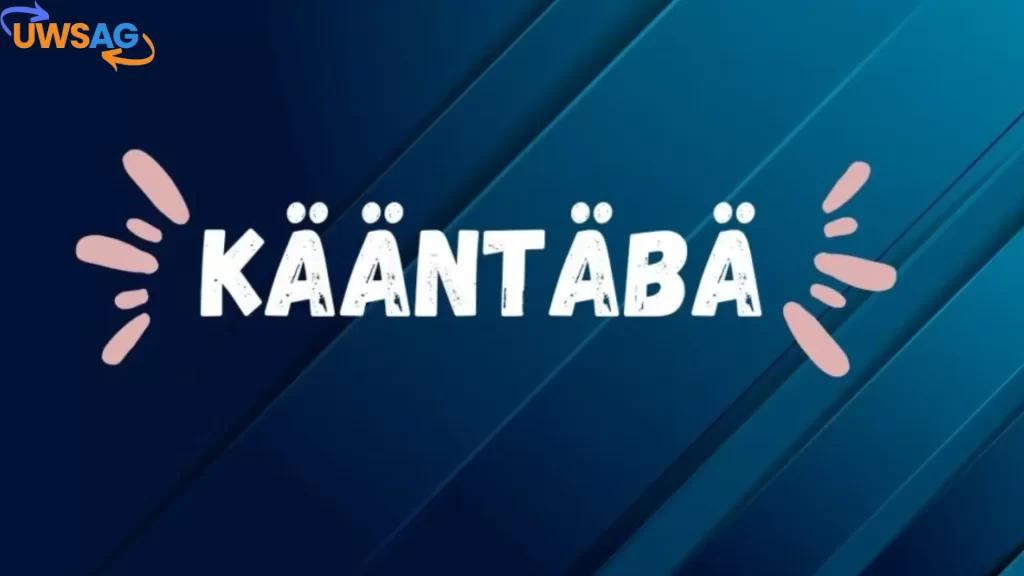
It has a profound impact on cultural exchange and understanding. By translating literature, films, and other cultural works, translators enable people from different backgrounds to appreciate and learn from each other’s cultures, fostering global empathy and cooperation.
Ethical Considerations in Kääntäbä
Ethics play a crucial role. Translators must uphold principles of accuracy, confidentiality, and impartiality. They also need to navigate ethical dilemmas, such as whether to localize content or retain the original cultural context.
The Human Element in Kääntäbä
Despite technological advancements, the human element remains irreplaceable. Human translators bring empathy, cultural understanding, and creativity to their work, ensuring that translations are not only accurate but also resonate with the target audience.
The Evolution of Kääntäbä Practices
Practices have evolved, influenced by technological advancements and changing cultural dynamics. Today’s translators have access to a wealth of resources and tools that enhance their work, yet the core principles of translation remain rooted in linguistic and cultural expertise.
Training and Education in Kääntäbä
Becoming a skilled translator requires rigorous training and education. Many universities and institutions offer specialized programs in translation studies, where students learn the theoretical and practical aspects, preparing them for diverse career opportunities.
Prominent Figures in Kääntäbä
Throughout history, many prominent translators have made significant contributions. Figures like St. Jerome, who translated the Bible into Latin, and Constance Garnett, known for her translations of Russian literature, have left an indelible mark on the field.
The Role of Kääntäbä in Diplomacy
Diplomacy is essential for international relations and negotiations. Diplomatic translators must convey messages accurately and sensitively, ensuring that communication between nations is clear and effective, fostering peace and cooperation.
Conclusion
Kääntäbä is a fascinating and essential discipline that facilitates global communication and understanding. From business and literature to healthcare and diplomacy, skilled translators play a vital role in connecting the world. As we continue to advance technologically, the human touch in translation will remain invaluable, ensuring that continues to enrich our global society. Enjoyed this article? Dive into more posts on our blog.
